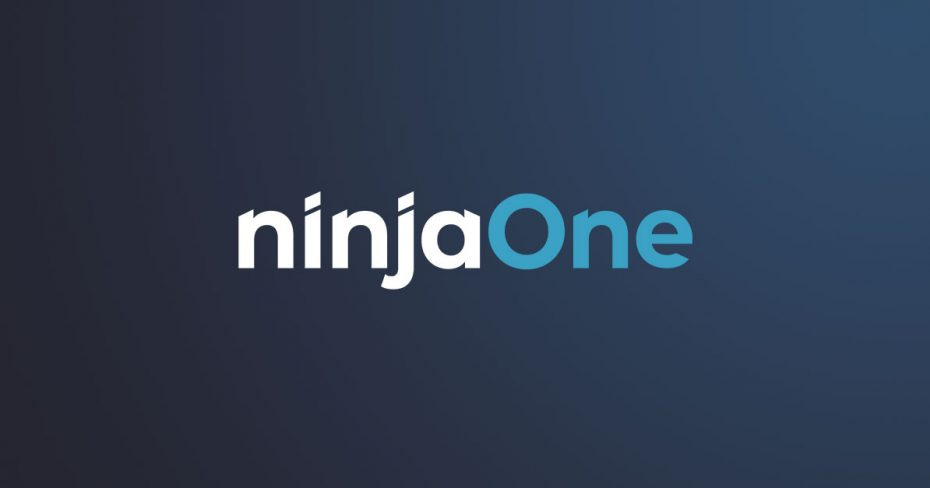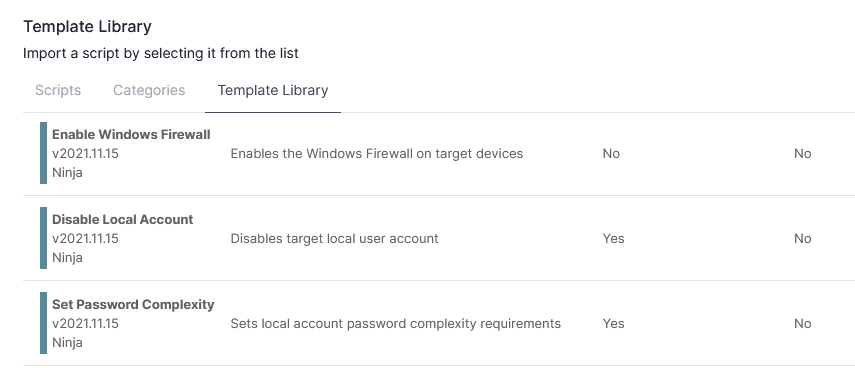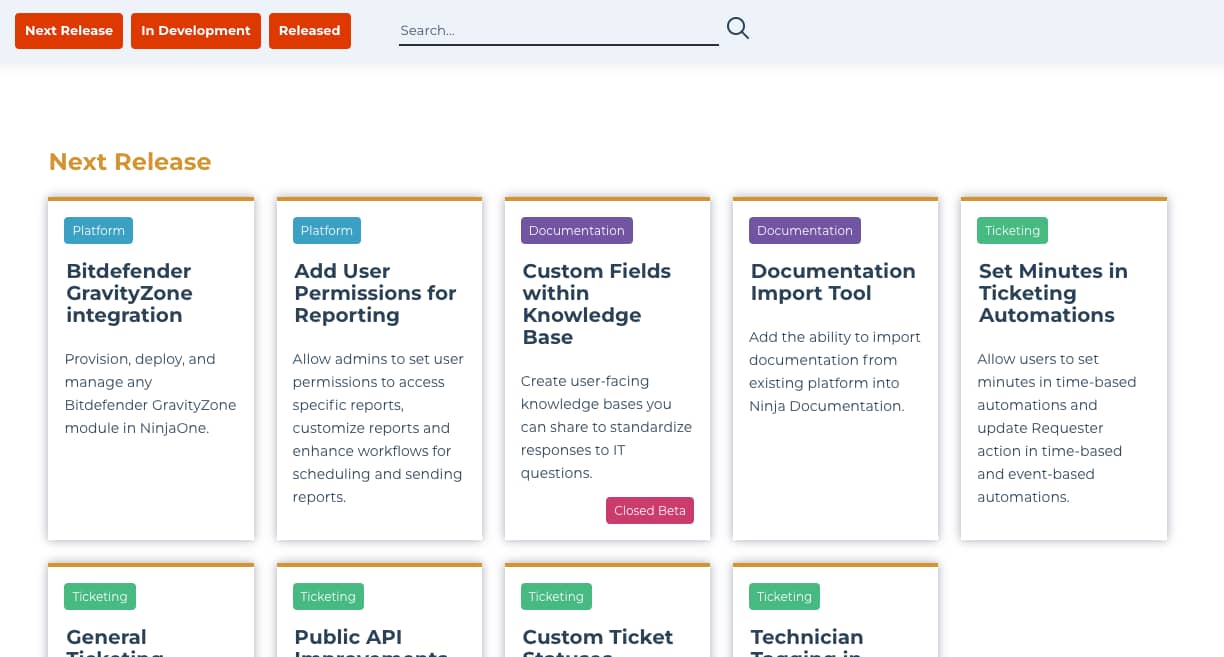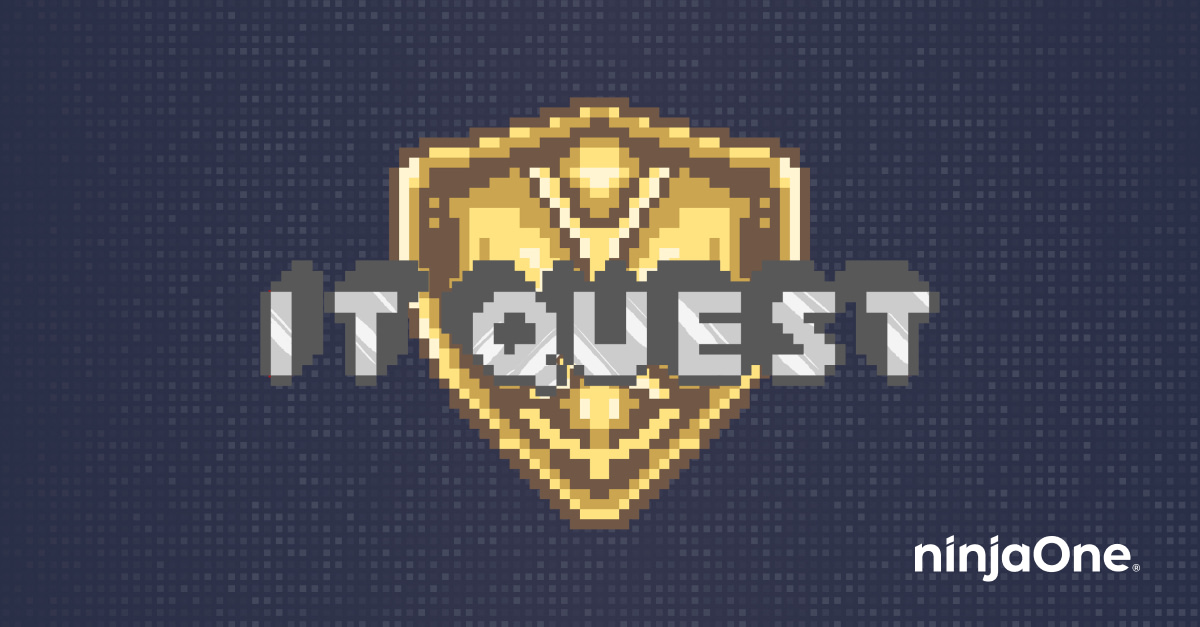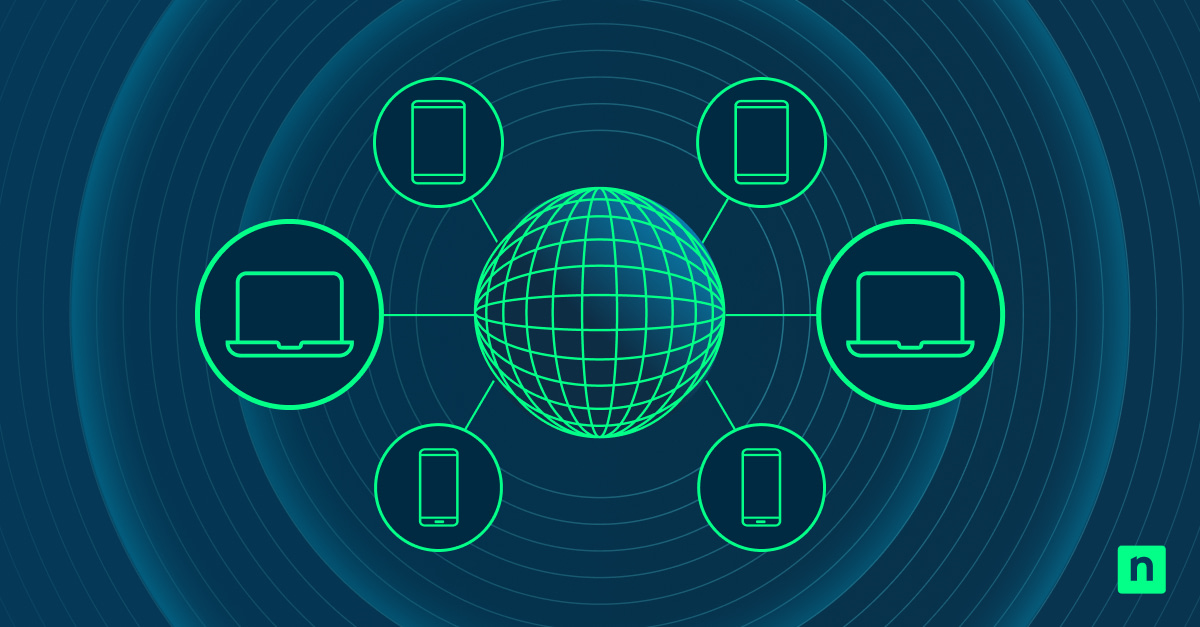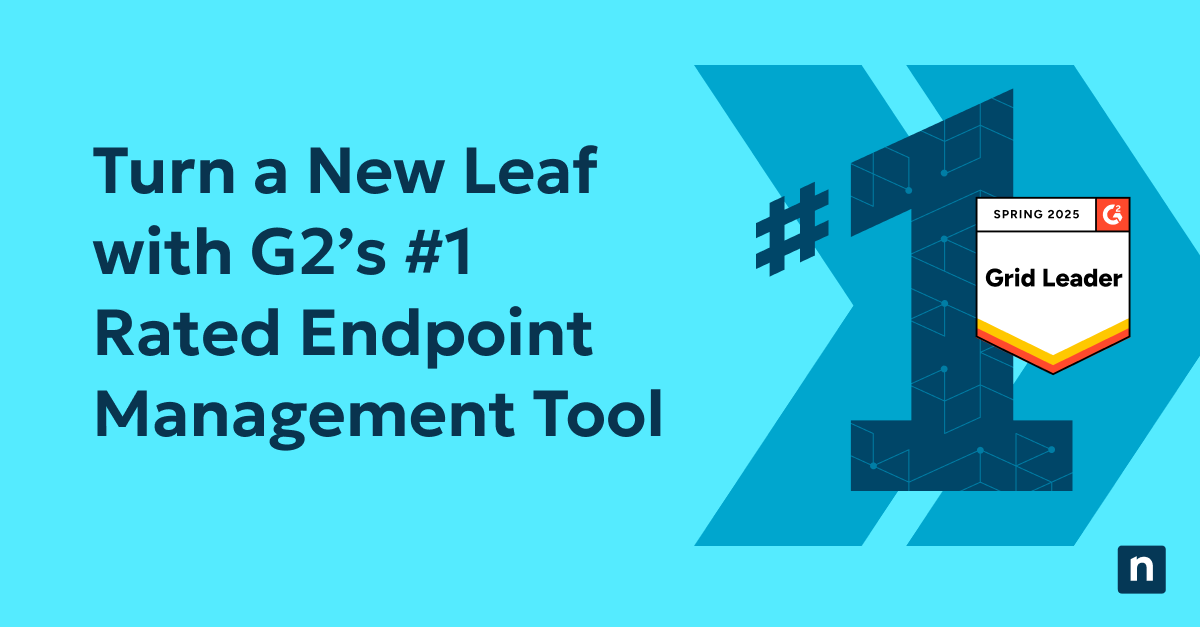September included five new NinjaOne releases and hotfixes, providing a variety of new features and capabilities across scripting, documentation, ticketing, and more. Let’s dive in.
Notification Channels
Our new notification channels feature allows you to push context-rich alerts about critical issues in your environment out to new channels for more proactive IT management.
You can now:
- Send notifications to Slack, Teams, or PagerDuty
- Create a custom channel via webhooks
- Push notifications to email and text message
Notification channels ensure your technicians are made aware of alerts in the channels and tools they use every day so critical issues aren’t missed.
Read more about notification channels here.
Automated documentation
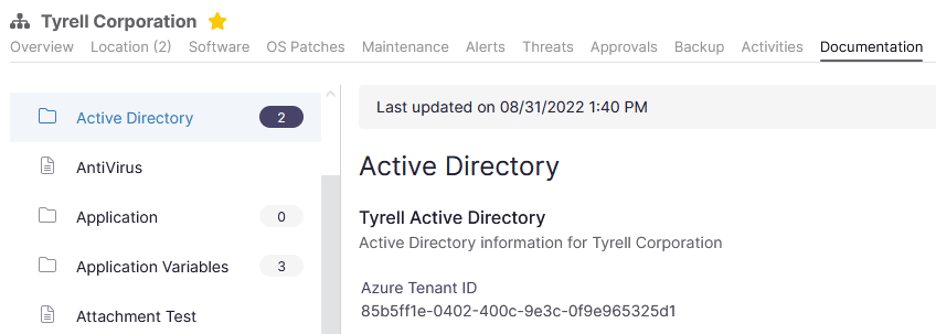
Ninja users can now automate writing to organization-level custom fields for documentation purposes via the command line, terminal, and script execution. This new feature allows for automated documentation of critical environmental context including:
- Extracting license keys documenting those license keys automatically
- Extracting and documenting tenant IDs for applications like Azure
- Extracting and documentation application, tool, and hardware configurations
Read more about automated documentation here.
New scripting capabilities
With every release, we’re adding additional script templates to our scripting library, helping you get the most out of Ninja without the need for scripting expertise. Since the initial 20 scripts were released, we’ve added 15 additional out of the box scripts for users. In September we added:
- Set-NetBios
- Disable-SMBv1
- Get-Windows11UpgradeReadiness
- Uninstall-AppMac
- Remote-WipeWindows
- Set-LmNtlmV1
In addition, we’ve enabled environment variables for scripting in both Mac and Linux environments and added a location ID variable. Environment variables, previously only available on Windows devices, allow users to create more dynamic and reusable scripts.
Ticketing updates
Ninja Ticketing relies heavily on automation to deliver more helpdesk efficiency to our users. In September we added the ability to enable or disable automations without deleting them, giving users more flexibility and provided the ability to run automations more frequently, adding minute options to automations.
In addition, ticketing boards got an update, allowing users to copy boards for faster setup and change display order for better management.
Placeholders for the ticket URL, organization, and device have been added as well so users can create more context-rich tickets.
See what’s next
Want to see what else we’ve released recently and what additional updates are actively in development? Check out our public roadmap here (sneak peak below).

